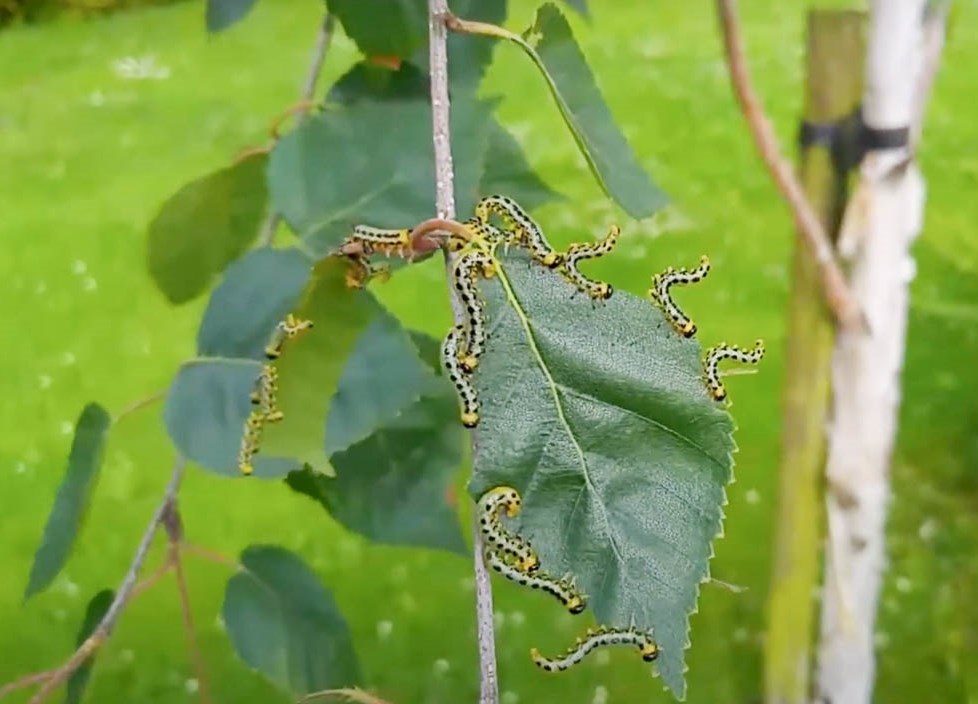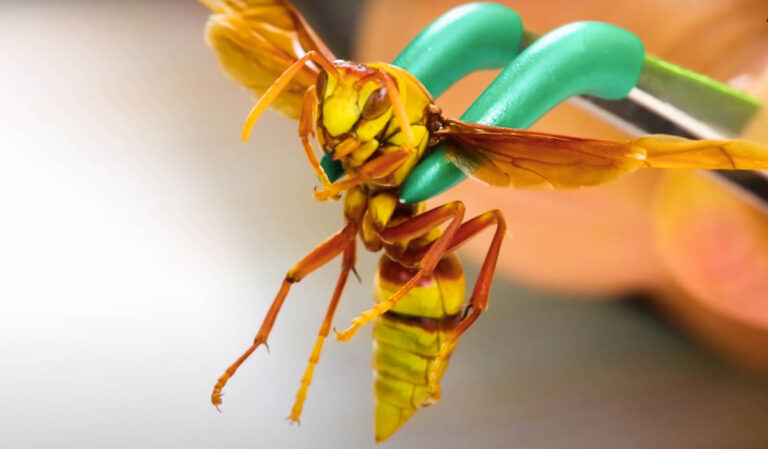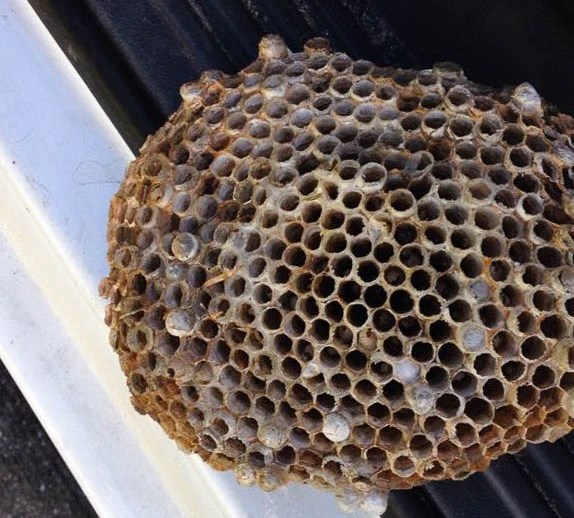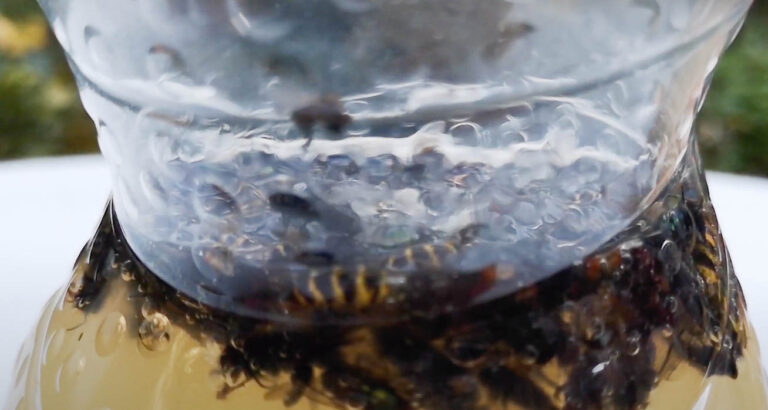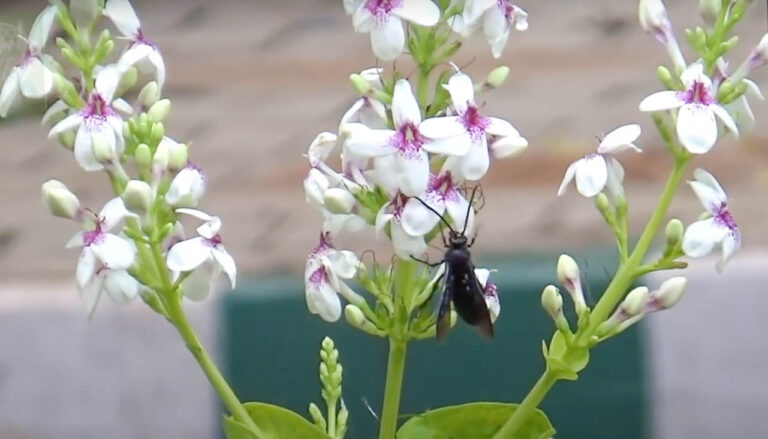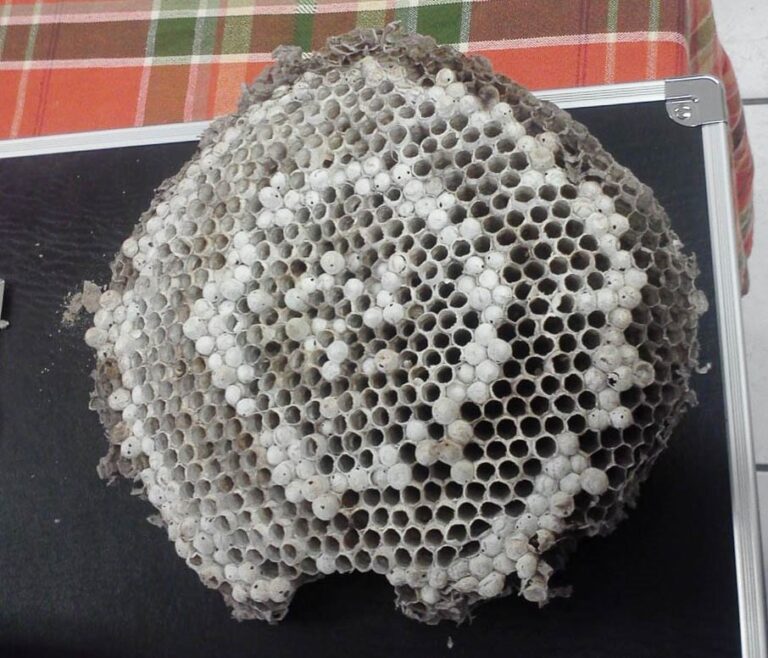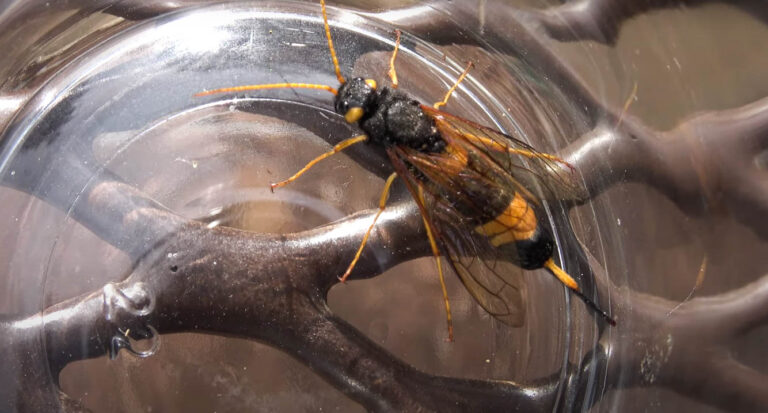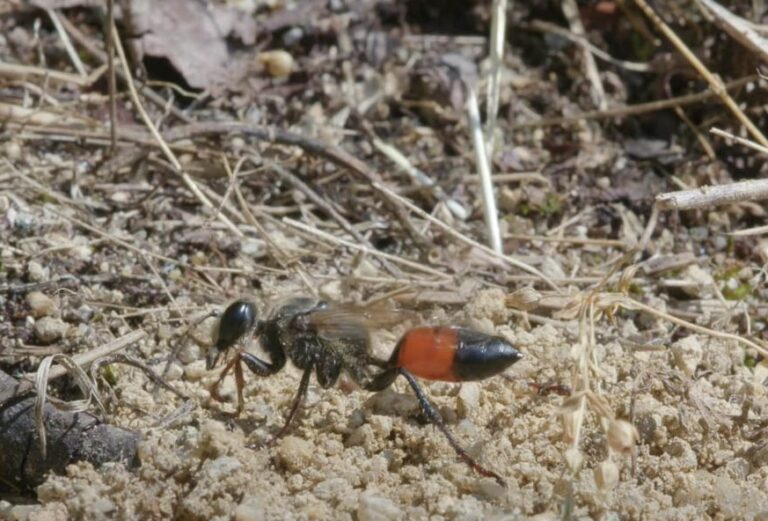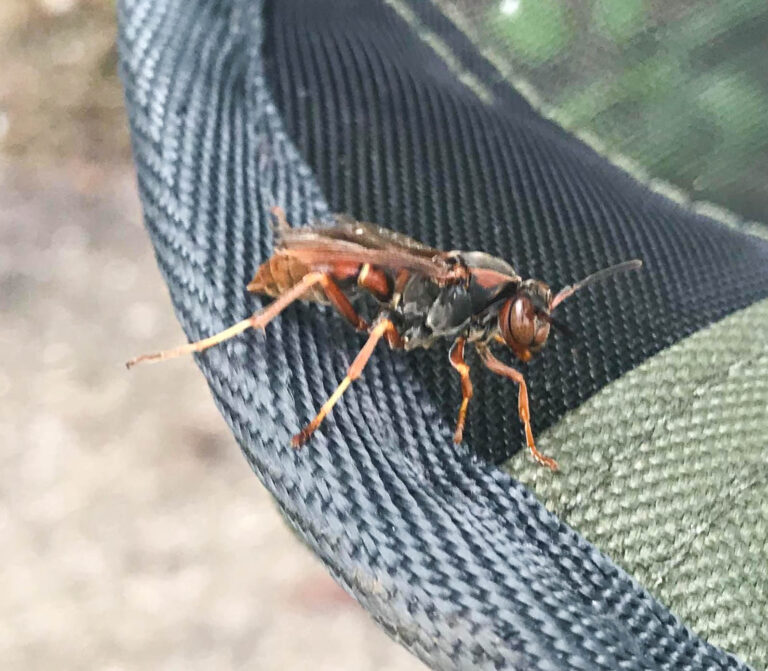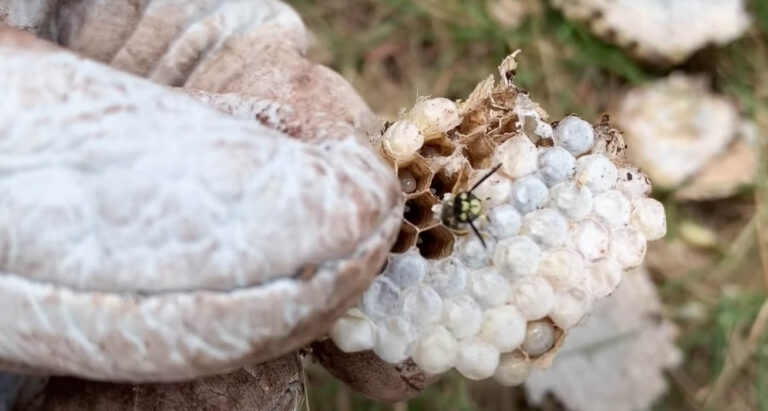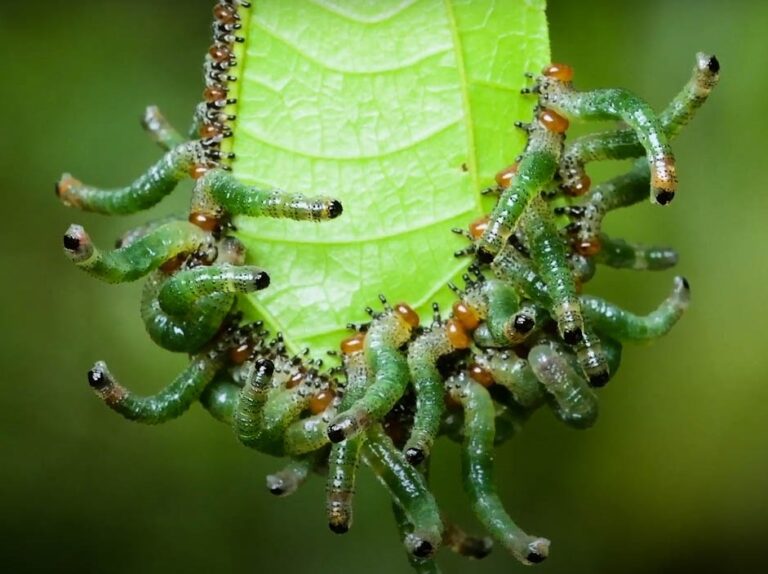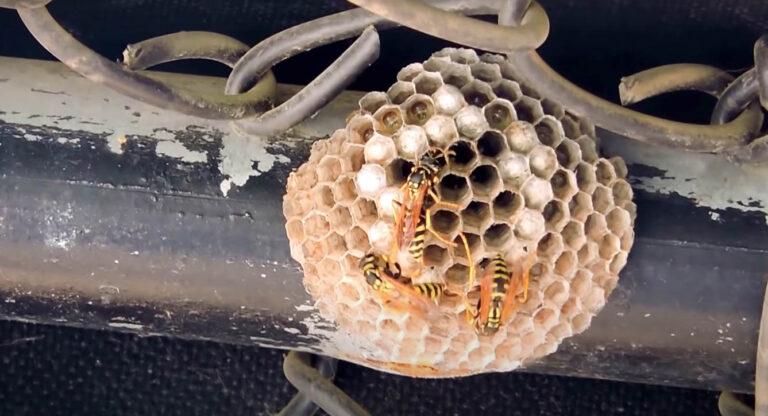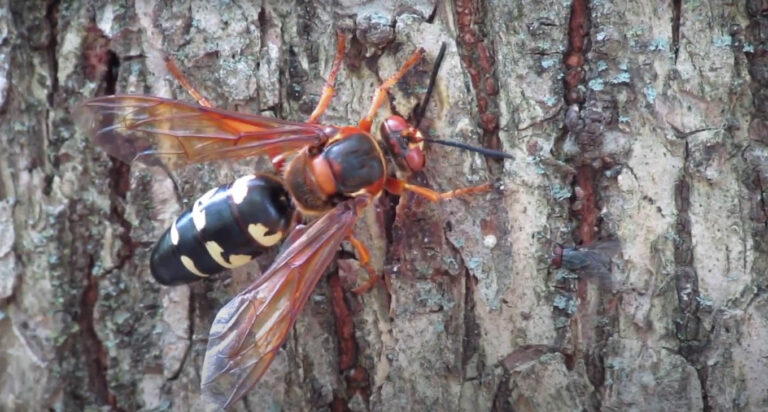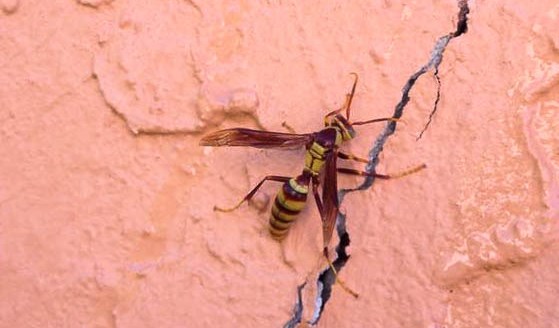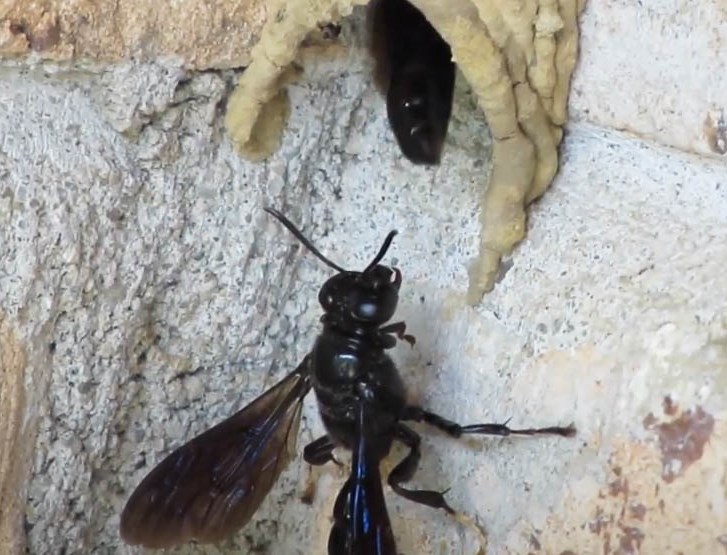About Sawflies
About Sawflies
Sawflies are not flies as you might think; they are wasps. The sawfly wasp is considered a plant eater and they will cause a lot of damage to plant foliage. Sawflies like to travel in groups and eat in a group so it doesn’t take long to break down any plant foliage.
Each species of sawfly will feed on a particular host plant instead of going from one plant to another, which ultimately destroys or greatly weakens a plant or shrub.
Adult sawflies do not fly around on long trips so they are not active. They rest often throughout their day as they search for pollen and nectar from flowers, wood, fruits, and coniferous trees.
Sawflies become food for birds, frogs, lizards, predatory wasps, ants, and any other carnivorous mammals.
Appearance
The sawfly may be a wasp but they don’t look like one. Instead, they look like fat flies. They do not have the pinched-in waist like a common wasp would have. Instead, sawflies have four wings and they cannot sting. The queen is both larger and darker than the workers. The drones of Japanese honey bees do not have stingers. They, however, have pollen baskets located at their third set of legs.
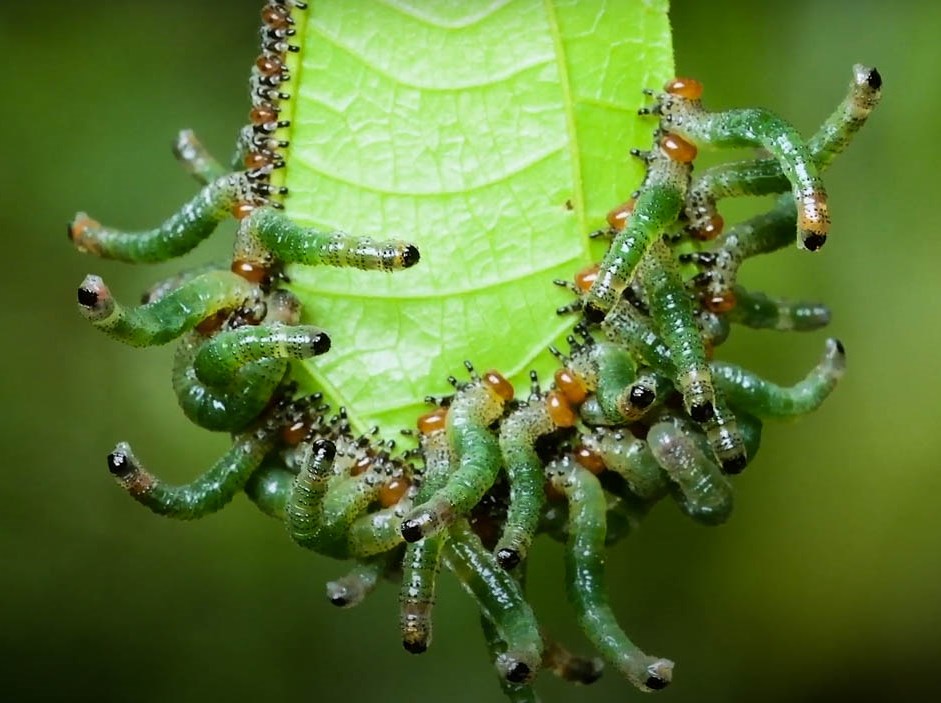
Behavior
Sawflies are non-aggressive insects that search for food throughout their day. They are not harmful to humans or to your pets, they can do damage to plants though. If you are a gardener or a farmer, then sawflies may be an issue for you if you see a lot of larvae around.
Life Cycle
Adult sawflies don’t need a male/female to reproduce. The males are not commonly seen within the colony.
The adults will only live at most, one week. This is long enough for them to develop and lay eggs before they die. The female uses an ovipositor to lay eggs. An ovipositor is an organ in the shape of a tube to help them to lay eggs mainly on plants as well as plant leaves. Once the eggs are laid, they can develop between two weeks and eight weeks. The time it takes to hatch will depend on the weather as well as the species of sawfly.
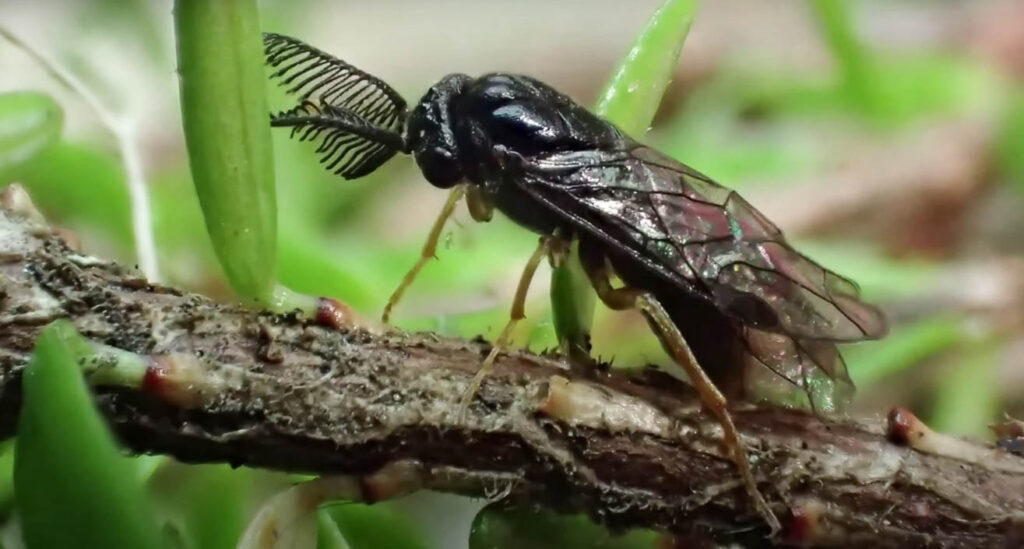
Once the eggs hatch, they are larvae that will feed on leaves and resemble caterpillars. The larvae will continue to eat and feast until they mature which could take anywhere from two to four months. The closer they get to maturity, the hardier their appetite will be and they will then eat more.
Sawflies like to stay together in groups to eat closely so they form a line at one end of the leaf, face the leaf and begin to chew up the leaf at the same time until it is all gone.
Habitat
The queen works on the nest in early spring to accommodate her colony throughout the year. The queen attempts to place the nest where it is safe from weather and human traffic in order to avoid a confrontation. Just like any other wasp, sawflies do not like confrontation.
Conclusion
The sawfly can be detrimental to plant life. If you notice that they are staying close by, you may want to speak to a professional about moving their larvae to another location or find a way to exterminate them safely.
